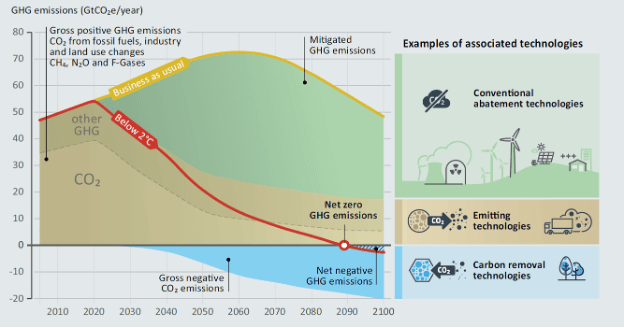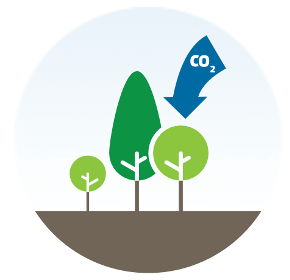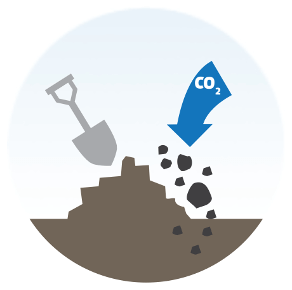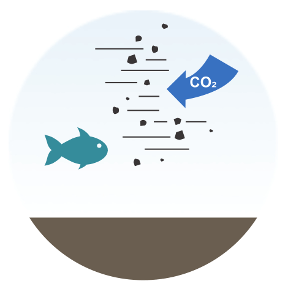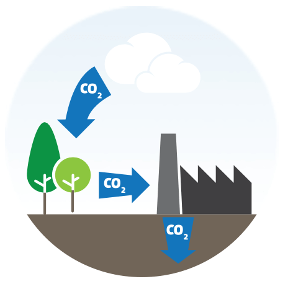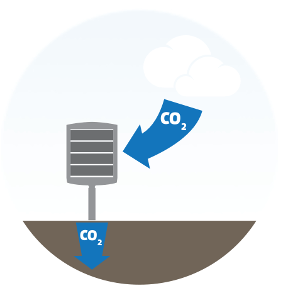Overview
Net emissions (greenhouse gas emissions sources and sinks) must reach near zero by mid-century to meet the Paris Agreement targets of limiting warming to well below 2 degrees Celsius or a more aggressive target of 1.5 degrees. However, unavoidable emissions from hard-to-decarbonize sectors, like aviation, industrial processes, and the persistence of previously emitted greenhouse gases over the past 150 years, point to the need for “negative emissions”, the removal of carbon dioxide from the atmosphere using both nature-based and engineered solutions to lessen climate impacts.
Several recent studies—including the landmark 2018 Intergovernmental Panel on Climate Change (IPCC) special report on global warming of 1.5 degrees C—have emphasized the need for carbon dioxide removal (CDR) to reach global climate objectives and avoid the most severe consequences of climate change. Most of the mitigation pathways modeled in the report project the removal of carbon dioxide emissions using carbon removal solutions on the order of 100–1000 gigatons of carbon dioxide (GtCO2) by the end of the century. For reference, 100 gigatons, or 100 billion tons, of carbon dioxide is almost equivalent to the total U.S. emissions of carbon dioxide from 1990 to 2010.
The National Academy of Sciences, in turn, has estimated that to meet the Paris Agreement goals, 10 gigatons of carbon dioxide will need to be removed globally each year by around midcentury, with 20 gigatons of carbon dioxide removed each year by 2100. Similarly, the UN Environment Programme estimated that CDR needs to be deployed with a rapid scale-up to 8 gigatons of carbon dioxide per year by 2050 with a projected cumulative removal of 810 GtCO2 by 2100.

